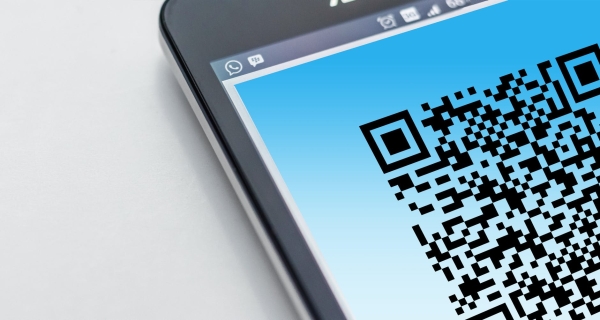
QR codes, ISO 20022 fuel SEA's cross-border payments growth
It has pushed stakeholders to build a pan-regional real-time payments ecosystem.
QR codes and ISO 20022 are helping Southeast Asia emerge as a global epicentre for cross-border real-time payments growth, according to a study by ACI Worldwide and market research firm Kapronasia.
The region saw total merchandise trade surge to $2.8t in 2018, with a quarter related to intra-ASEAN trade. E-commerce growth is more pronounced, skyrocketing to $24b in 2018, with the overall internet economy expected to balloon to $300b by 2025.
The boom has led stakeholders to focus on deeper integration of financial services and put in place the foundations for a pan-Southeast Asia real-time payments ecosystem, the report said. Standards and technologies, such as ISO 20022 and QR codes, are amongst the critical enabling components that provide essential “on-ramps” to spur usage and adoption, it added.
Key learning points for banks include the adoption of a quicker approach to real-time payments rails, especially for SMEs and merchants, continuous system upgrades, and rising competition from fintechs which put cost pressure on banks.
For central infrastructures, working with trusted providers and ISO 20022 will help them in transitioning to a pan-regional cross-border payment system, in addition to meeting individual country compliance requirements and standardised interfaces.
Photo courtesy of Pexels.com.






















 Advertise
Advertise








